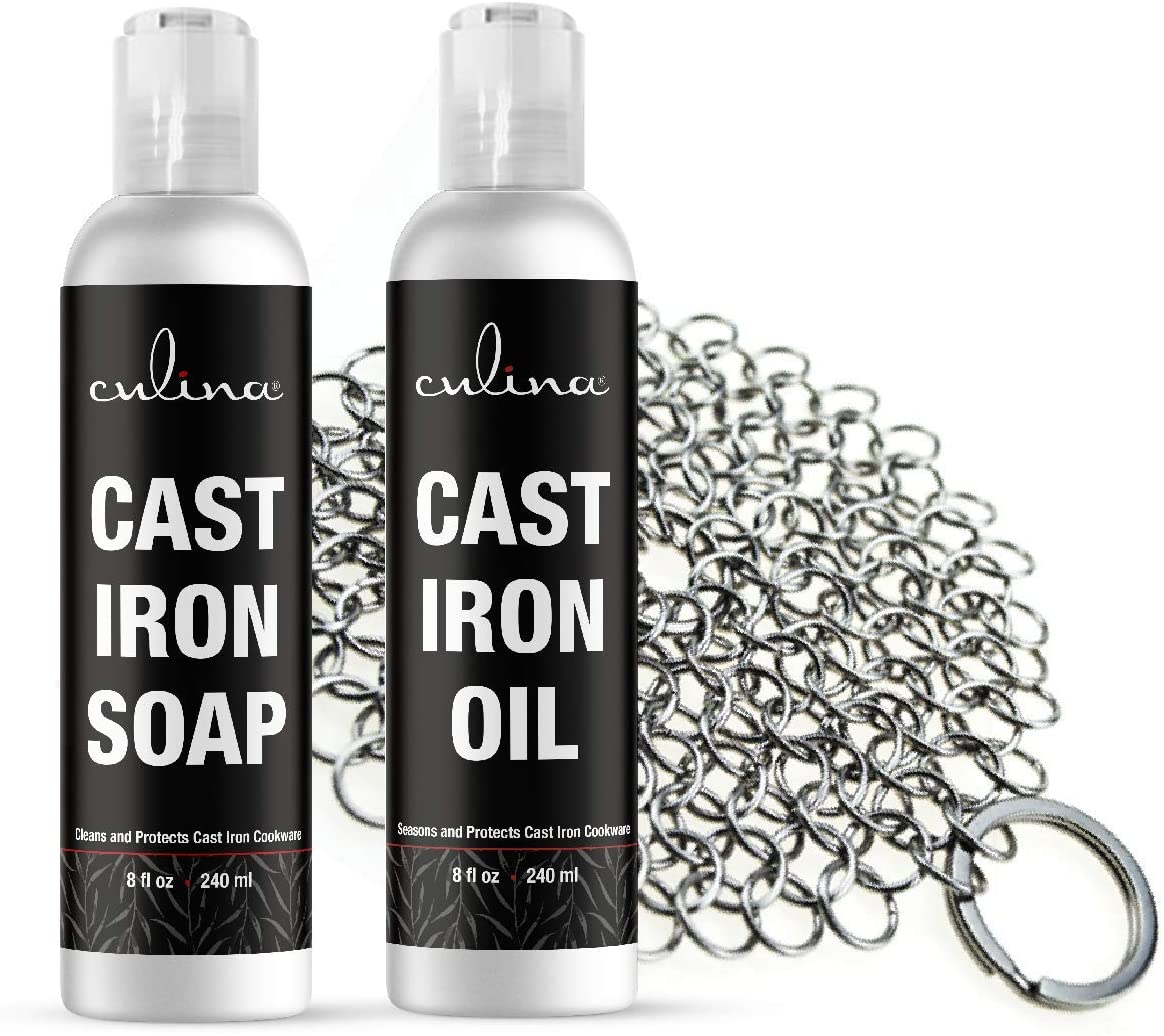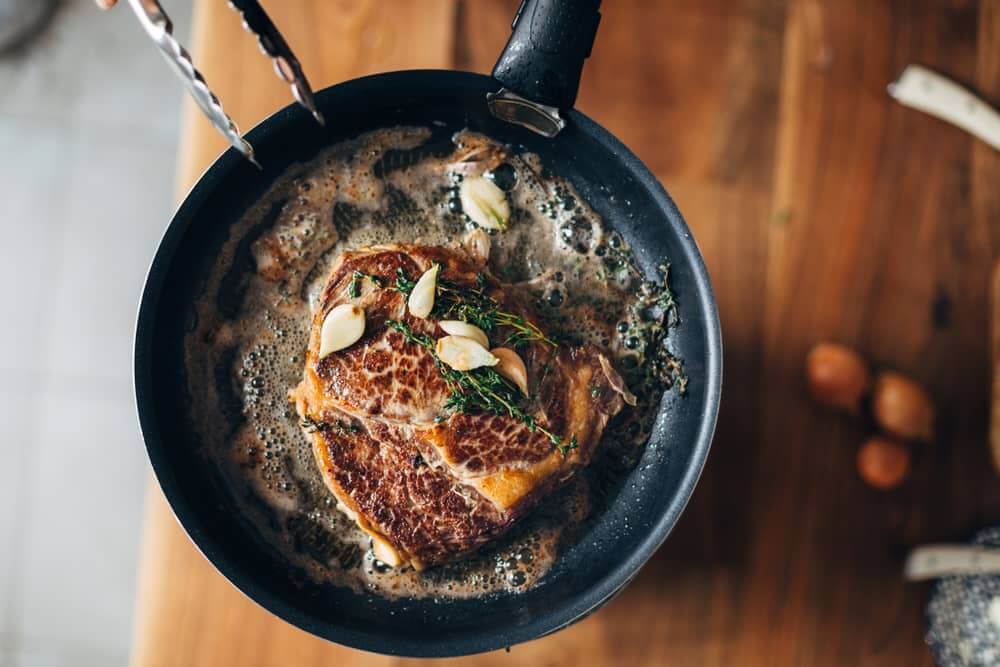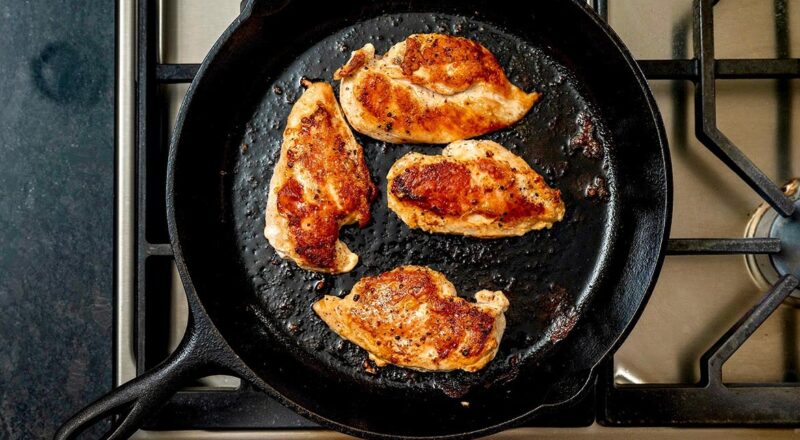Keeping your cast iron skillet clean is essential for maintaining its longevity and cooking performance. Knowing how to wash a cast iron skillet can be transformative for your culinary experiences. This unique cookware offers numerous benefits, including even heat distribution and unparalleled durability. However, improper cleaning can lead to rust, sticky residue, and a compromised non-stick surface.
In this comprehensive guide, we’ll explore the best practices for cleaning, seasoning, and maintaining your cast iron skillet to ensure it remains a cherished tool in your kitchen for generations to come.

The Basics of Cast Iron Care
Understanding the Importance of Regular Cleaning
Regular cleaning is the foundation of maintaining your cast iron skillet. Immediate cleaning after use helps to prevent food from sticking and accumulating on the surface, which can damage the skillets seasoning and invite rust.
The Essential Tools You’ll Need
Before diving into the cleaning process, gather these tools:
- Hot water
- Soft sponge or brush
- Coarse salt for abrasive cleaning
- Paper towels or a clean cloth
- Neutral oil (such as vegetable oil) for seasoning

Step-by-Step Guide to Washing Your Cast Iron Skillet
Step 1: Cool Down the Skillet
Allow the cast iron skillet to cool down slightly before cleaning. Washing a hot skillet with cold water can cause thermal shock, which may damage the skillet.
Step 2: Rinse with Hot Water
Rinse the skillet under hot water to loosen any food particles. Avoid using soap as it can strip the skillet of its seasoning. If you need a more abrasive method, use coarse salt with a bit of water to scrub away stubborn residue.
Step 3: Scrub Gently
Use a soft sponge or brush to scrub the skillet gently. For sticky residues, a plastic scraper can be effective without damaging the surface. Avoid using metallic scrubbers as they can scratch the skillet.
Step 4: Dry Thoroughly
Dry the skillet completely using paper towels or a clean cloth. This is crucial to prevent rust. Some experts recommend placing the skillet on low heat for a few minutes to ensure it is fully dry.

The Art of Seasoning Your Cast Iron Skillet
Why Seasoning is Essential
Seasoning involves applying a thin layer of oil to the surface of the skillet, which is then baked in. This process creates a non-stick layer and protects the skillet from rust.
Step-by-Step Seasoning Process
- Preheat your oven to around 375F (190C).
- Apply a thin layer of oil to the entire surface of the skillet, including the handle.
- Bake the skillet upside down in the oven for one hour. Place a sheet of aluminum foil below to catch any drips.
- Allow the skillet to cool in the oven before removing it.
Common Mistakes to Avoid
Using Soap and Harsh Chemicals
Soap can strip the skillets seasoning, leaving it vulnerable to rust. Instead, rely on hot water and abrasive materials like coarse salt for cleaning stubborn residues.
Leaving the Skillet Wet
Always dry your cast iron skillet thoroughly. Any remaining moisture can cause rust, significantly damaging the skillet over time.
Not Seasoning Regularly
Regular seasoning is vital to maintaining the non-stick surface and preventing rust. Skipping this step can lead to a compromised cooking surface.
Troubleshooting Common Issues
Dealing with Rust
If your skillet develops rust, dont panic. Scrub the rust off with steel wool, then re-season the skillet following the steps outlined above.
Sticky Residue Build-Up
Sticky residue is often a result of improper cleaning. Scrub the skillet using coarse salt and a small amount of water, then rinse and dry thoroughly.
Extending the Life of Your Cast Iron Skillet
Proper Storage Solutions
Store your cast iron skillet in a dry place with good air circulation. You can place a paper towel between stacked skillets to absorb any moisture.
FAQs
Can I use soap on my cast iron skillet?
Ideally, you should avoid using soap as it can strip the seasoning. If necessary, use a small amount of mild dish soap followed by thorough rinsing and drying.
How often should I season my cast iron skillet?
Regular seasoning is recommended after every few uses. If you notice food sticking, it’s a sign that your skillet needs re-seasoning.
What should I do if my skillet develops rust?
Remove the rust with steel wool, then rinse, dry, and re-season the skillet to restore its protective layer.
For more in-depth tips and recipes, check out these resources:
For additional guidance on cleaning methods, you can visit Better Homes & Gardens.
As an Amazon Associate, I earn from qualifying purchases.

